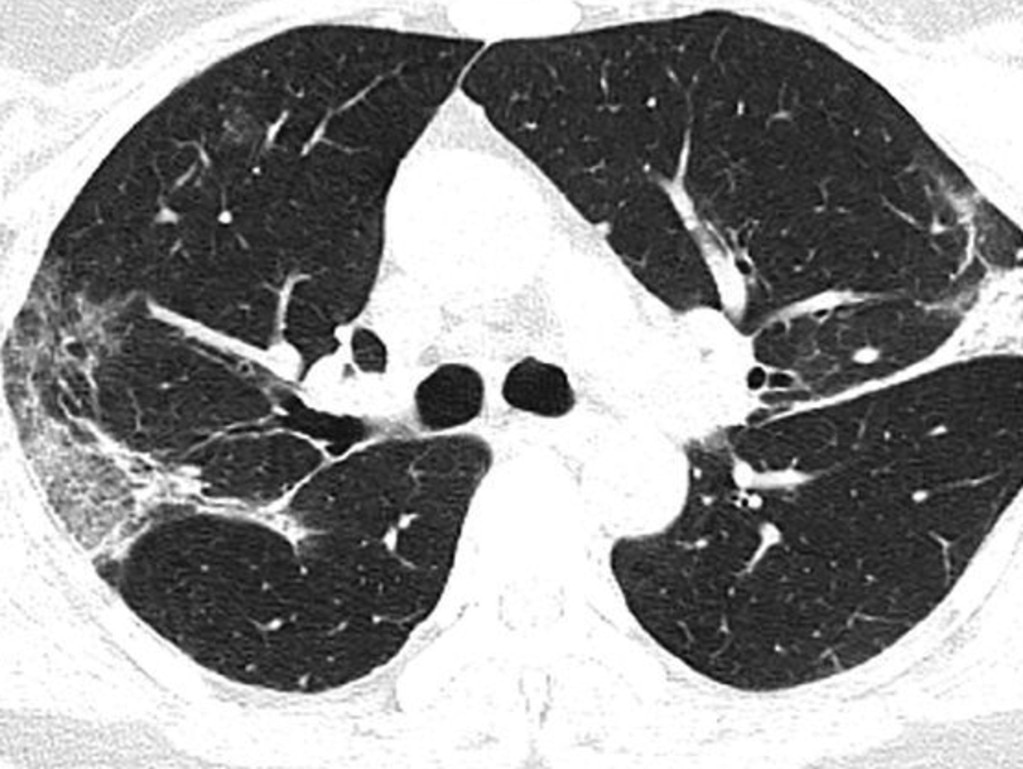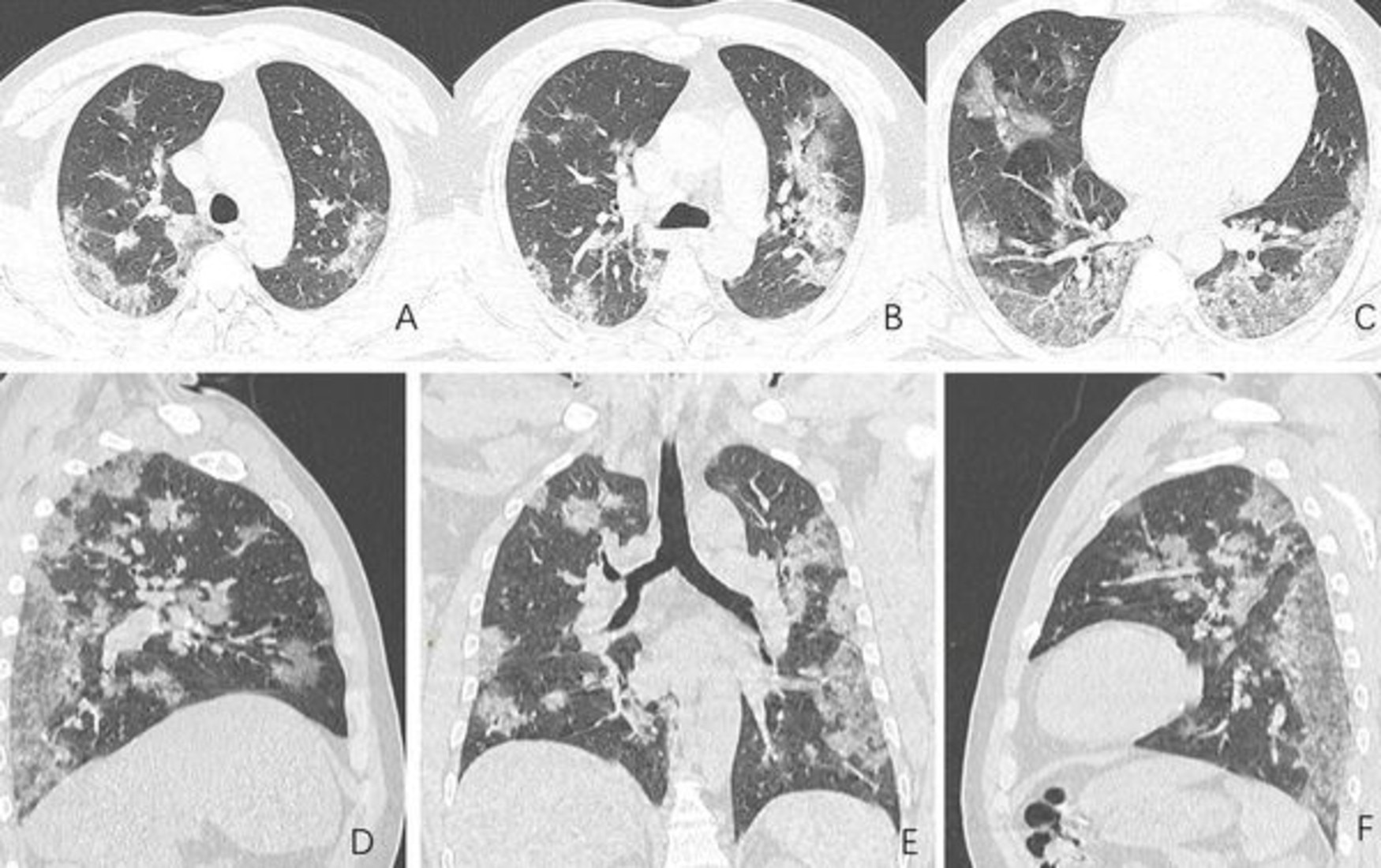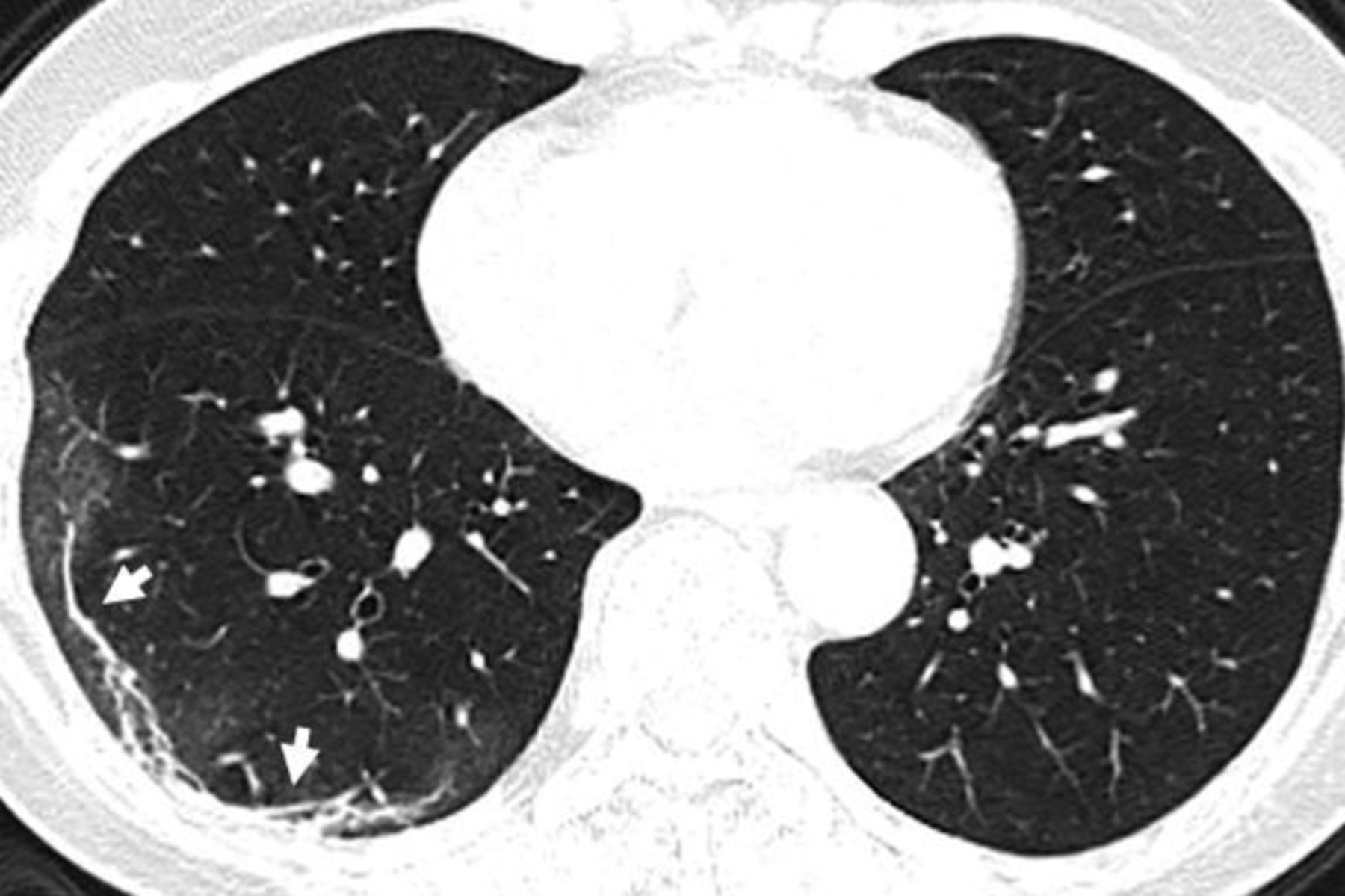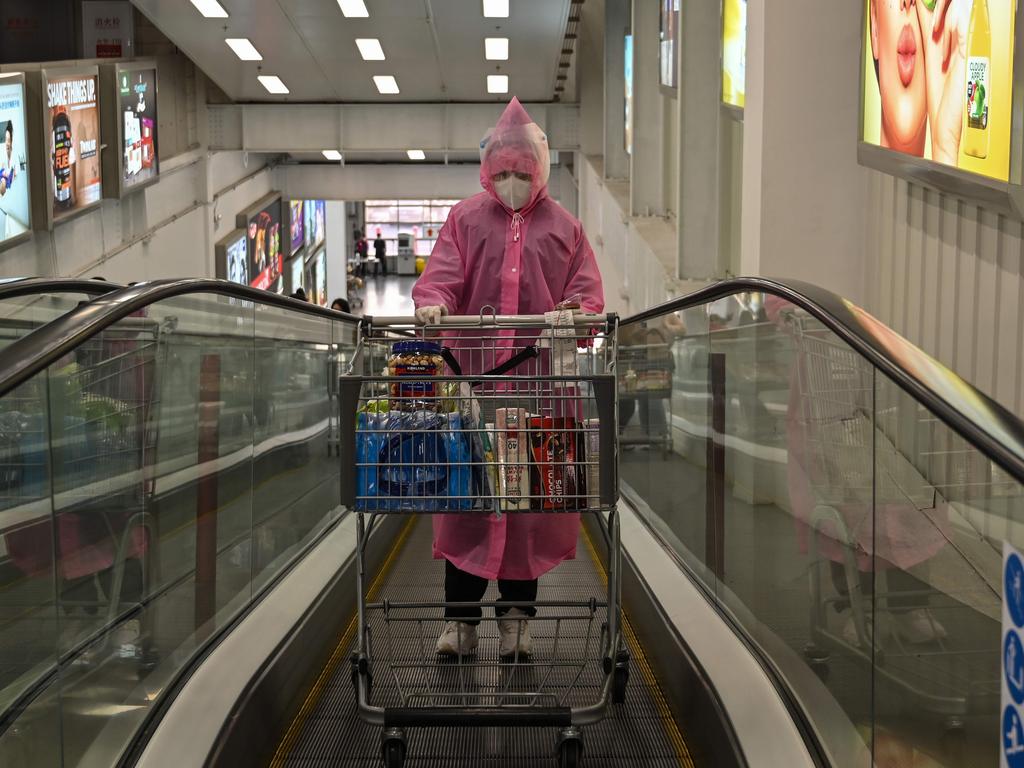Coronavirus: X-rays show shocking way COVID-19 infection destroys lungs
The terrifying way the coronavirus ravages a person’s lungs has been revealed in a series of X-rays from a patient who died in Wuhan.

Shocking X-rays of a man killed by coronavirus show how the deadly disease ravages its victims’ lungs which in some cases can be deadly.
The Chinese patient, who worked at the Wuhan seafood market thought to be the origin of the outbreak, was just 44-years-old when he died from the virus.
Now doctors are sharing the images to reveal the true extent of the damage COVID-19 can cause.
The man was admitted to hospital on December 25, 2019 after suffering from a fever and cough for almost two weeks, the Radiological Society of North America said.
RELATED: Follow the latest coronavirus updates

He was diagnosed with pneumonia and acute respiratory distress syndrome and was treated by doctors but died just one week later.
His scans show white patches in the lower corners of his lungs which indicates the partial filling of air and fluid in the tissue.
The RSNA pointed out that when comparing image A to image F, you can see the fluid spaces in the man’s lungs are much more pronounced, adding abnormalities identified are similar to those found in patients suffering from previous outbreaks, such as severe acute respiratory syndrome (SARS) and Middle East respiratory syndrome (MERS).

Other scans show a 54-year-old woman who caught the coronavirus after travelling to Wuhan, China, also show the same partial filling of air spaces.
The woman was diagnosed with severe pneumonia caused by the virus after having a fever, cough, fatigue and chest congestion.
She had the symptoms for a week and was given oxygen and antibiotics.
Similarly, the scan of a 45-year-old woman from Sichuan Province in China who tested positive for COVID-19 after returning from Japan shows white patches and a ‘reversed halo sign’ in the left upper lobe of her lung.

RELATED: How to avoid contracting the deadly coronavirus
RELATED: Coronavirus survival guide: how to protect yourself
The World Health Organisation (WHO) officially declared the coronavirus outbreak a pandemic yesterday – with the number of patients who have contracted the disease soaring over 126,000, Australia having 161 cases.
However, WHO stressed about 80 per cent of people with COVID-19 will recover without needing any specialist treatment, stating one person in six becomes seriously ill “and develops difficulty breathing”.
Health authorities are reminding people of the simple things they can do to reduce risks. These include washing hands regularly with soap and water or an alcohol-based hand rub, thoroughly cooking meat and eggs and avoiding contact with wild or farm animals.
The best way to wash your hands is with soap and water for the time it takes to sing Happy Birthday twice. Happy Birthday takes about 20 seconds to sing twice and is said to be the perfect number to clean your hands to thoroughly.
Medical experts also revealed you can use washing up liquid to keep hands germ-free when hand sanitiser isn’t available.

Another handy trick is making sure you’re getting enough sleep as that is the most efficient way to boost your immune system.
Australian sleep specialist Olivia Arezzolo told news.com.au that we should be aiming for seven to nine hours of sleep a night to make sure we are fighting fit to battle coronavirus.
“Evidence shows that lack of sleep impairs immunity: Studies show a 70 per cent reduction in natural immune cells after four to five hours of sleep,” she said.
“As a result, you aren’t able to fight off contagious viruses, such as corona, as effectively. Fortunately, this reduction is amended as soon as you have sufficient sleep (seven to nine hours).”




